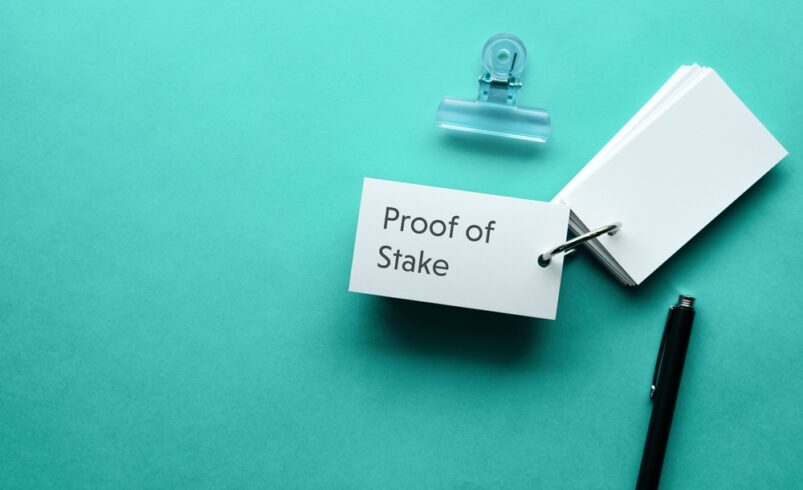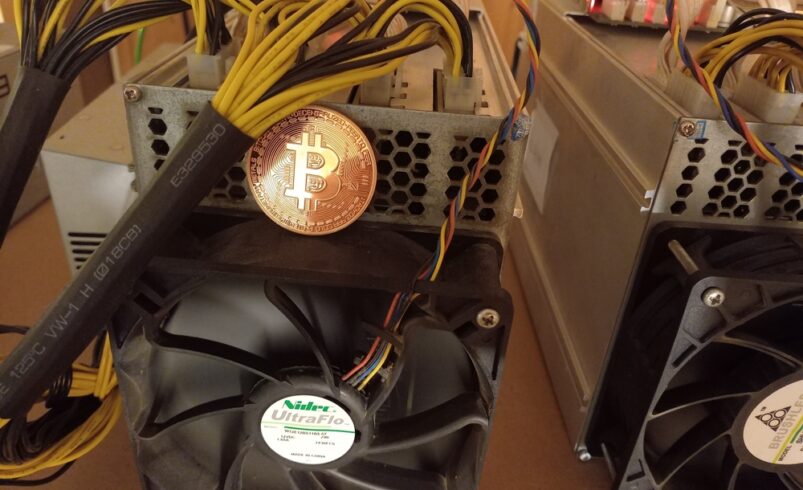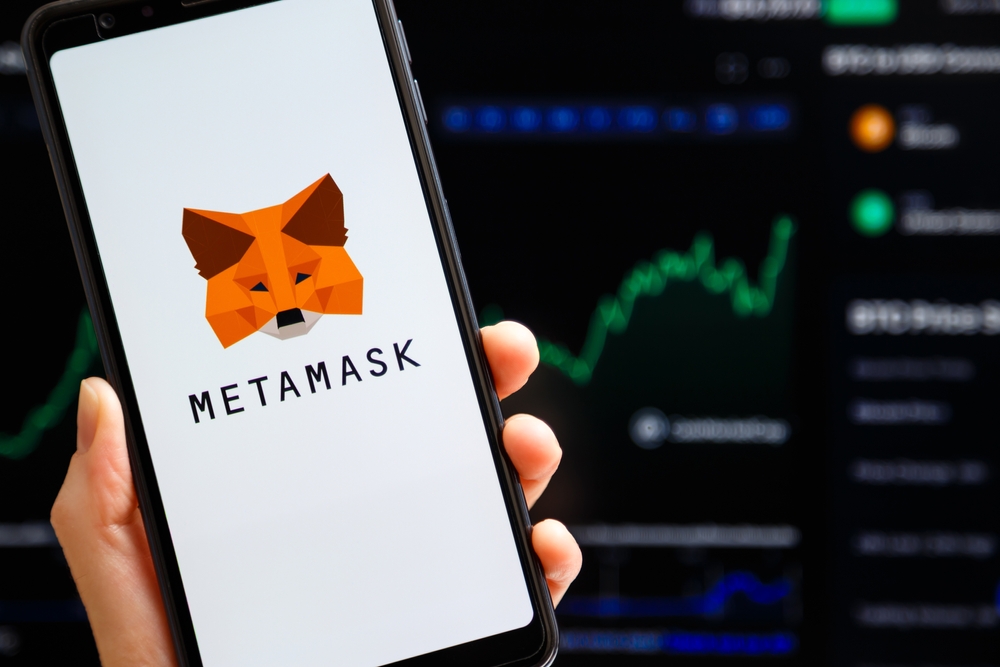Understanding Delegated Proof-of-Stake (DPoS) – All You Need to Know

Since its emergence over a decade ago, blockchain technology has changed how digital transactions are processed. The innovation has led to the introduction of various consensus mechanisms to help process transactions. These mechanisms are decentralized, meaning no central entity manages the record of onchain transactions.
Delegated proof-of-stake (DPoS) is one of the well-known consensus mechanisms today. It is a variation of the popular proof-of-stake algorithm. Launched in 2014 by Daniel Larimer, DPoS is intended to improve scalability and efficiency. Before launching his project, Larimer took to Bitcointalk to share his vision, which was welcomed by many.
In 2015, several blockchains, including Eos and Steem, announced adopting DPoS as their consensus mechanism for processing transactions. DPoS grew in popularity after Eos conducted one of the biggest initial coin offerings in 2017.
How Does DPoS Differ From Other Consensus Mechanisms?
The major difference between consensus mechanisms is how consensus is attained. Before proof-of-stake was introduced, blockchains used the proof-of-work (PoW) algorithm to reach an agreement. However, PoW has been unpopular among newer blockchains due to its intensive energy consumption. Even Ethereum, the second-largest blockchain, ditched PoW for PoS in 2022.
Try GPT Definity AI today, the #1 crypto trading robot! Click here to learn more. Artificial intelligence trading robots are taking over the trading eco-system, you can join this revolution and profit from daily revenues! Get ahead of the trading game with Artificial Intelligence crypto trading software today!
So, how does DPoS differ from others? Well, blockchains using the DPoS consensus mechanism allow users to vote for their preferred block produced and validators, tasked with generating blocks and confirming transactions.
Since the power to approve onchain transactions is evenly distributed among selected validators, DPoS blockchains minimize the risks associated with PoS, where the power to validate transactions may be concentrated among a few entities holding the most tokens.
The DPoS consensus mechanism streamlines the process of confirming transactions, thus improving transaction speeds.
How DPoS Works
DPoS can be considered an upgrade of the conventional PoS algorithm, given that it incorporates a voting mechanism to allow blockchain users to vote on those who will have the rights to validate transactions.
The DPoS system has four major participants. They include:
Voters
All DPoS-powered blockchains grant voting rights to holders of a native token, which they can use to elect validators. The power of each vote depends on the number of tokens held by the blockchain user. Note that token holders who do not want to participate in the voting process can delegate their rights to other users.
Block Producers
Block producers, otherwise known as witnesses, are entities elected to generate new blocks of transactions. Their work is to ensure that each transaction added to a block is accurate. After creating blocks, block producers receive rewards and share them with those who voted for them.
If a block producer fails to generate a block within the specified time, the rewards are passed on to another producer who manages to create the next block.
Delegates
Delegates are elected by voters to oversee the governance system of a DPoS blockchain. Their work is to raise proposals that ensure continuous development of the blockchain. When delegates submit proposals, token holders vote on them before being implemented.
Validators
These entities confirm if blocks generated by the block producers follow the DPoS consensus rules. If the blocks have no issues, the validators approve and complete the transactions in those blocks. Note that validators do not earn any rewards.
Benefits of DPoS
1. Accessibility: Unlike proof-of-work blockchains, which require expensive specialized mining equipment and massive computational power, DPoS networks allow anyone to become a validator by owning a native token.
2. Scalability: Since consensus is attained quickly on DPoS blockchains, transactions are processed faster than on blockchains that use other mechanisms.
3. Environmental friendly: Unlike the PoW algorithm, which consumes significant amounts of energy, DPoS consumes less electricity, making it environmentally friendly.
4. Decentralized governance system: The DPoS mechanism is democratic in nature, allowing all token holders to participate in the voting process to choose their ideal validators and block producers.
Disadvantages of DPoS
1. Since the power of a vote depends on the number of tokens held, blockchain users with small amounts of tokens may consider their votes insignificant, thus choosing not to be part of the voting process. This reduces the robustness of the DPoS consensus system.
Disclaimer: Mining Plus Crypto specializes in amplifying content for dozens of cryptocurrency and blockchain firms, and your company could be next on the list! For inquiries, please reach out to us through or Telegram Chat. Given the unpredictable nature of cryptocurrencies, we advise you to thoroughly research before investing. A portion of the content available on our website, including broker reviews, is paid content or content contributed by guest writers and does not necessarily represent the opinions of Mining Plus Crypto. We claim no liability for the accuracy, quality, and content of advertisements, products, or any other materials, including ad spaces displayed on our site. For a comprehensive understanding, please review our full terms and conditions, and disclaimer.






